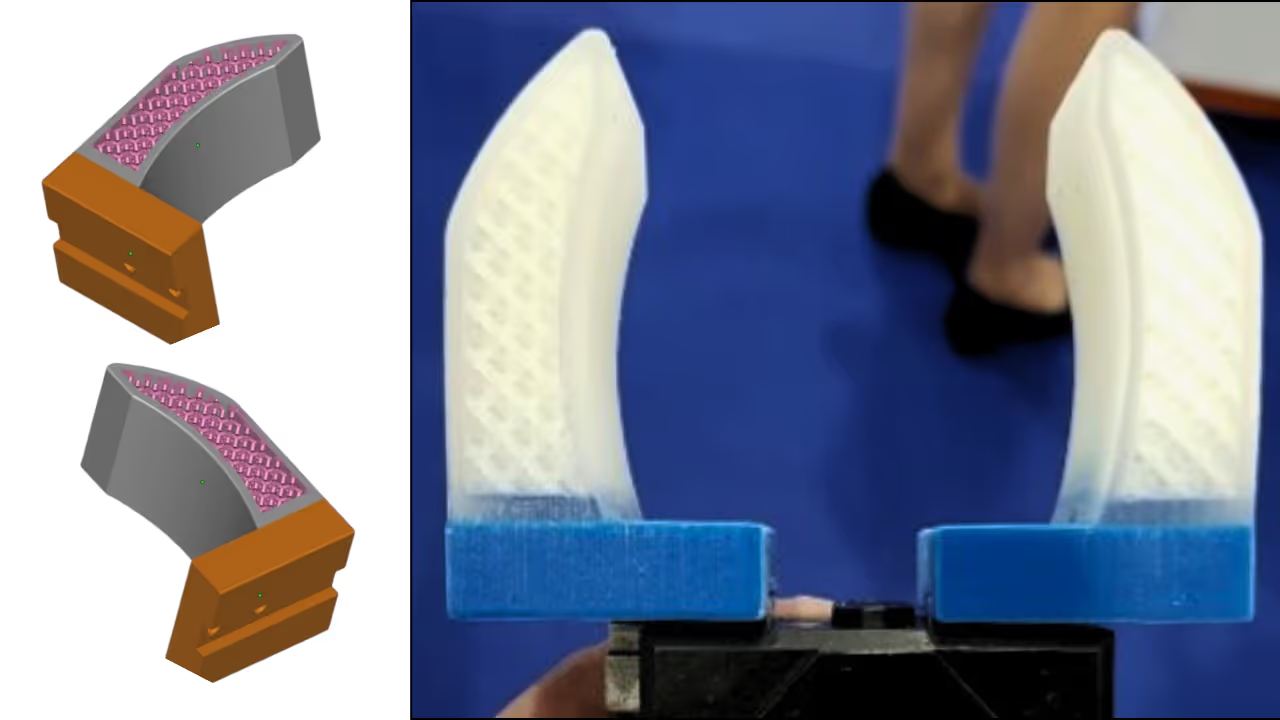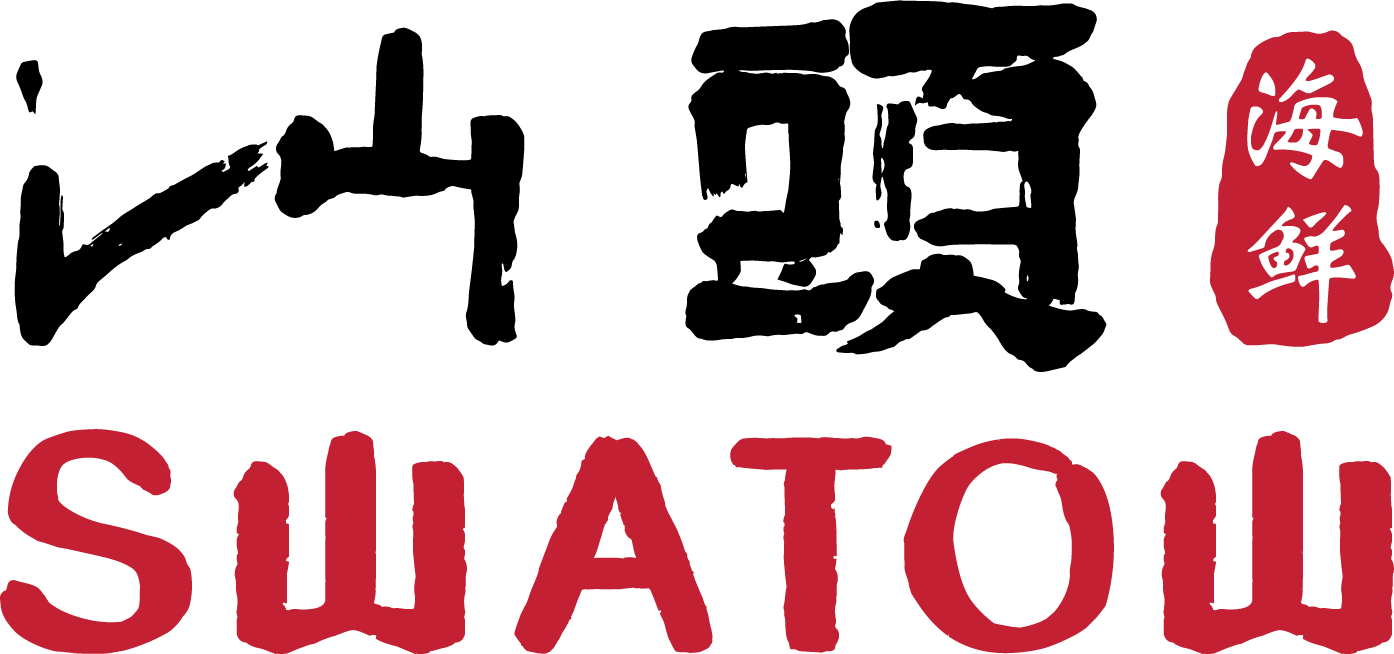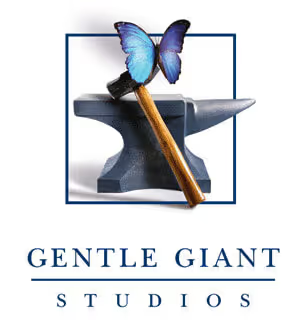Customer Profile
Universal Robots (UR) is a global developer and manufacturer of user-friendly and flexible industrial robots. UR’s expertise in the robotics field has enabled businesses to derive creative concepts and innovative solutions for all productions.
Robotic End-of-Arm Tooling (EOAT) helps in the automation and streamlining of repetitive industrial processes, and the goal of Universal Robots is to ensure that their robots can work collaboratively with humans – with no safety guards (subject to risk assessment) and problems.
“Printing parts on a hobbyist printer is fine for prototyping simple models, but advanced functionality such as variable flexibility of materials and dissolvable internal structures really allows us to take things to the next level.” - Andrew Pether, Technical Communications Consultant, Universal Robots
Challenges
Traditional EOAT production using aluminum via CNC machining was time-consuming, costly, and design-restricted. Each EOAT required over a week for sourcing, assembly, and testing. Any design modification meant restarting the entire process, driving up both cost and lead time. Replacements due to wear and tear cost about $200 per unit with a 7-day turnaround, making the process inefficient.
Moreover, metal-based grippers risked damaging delicate parts during operation and increased the overall machine payload due to their weight. The lack of design flexibility in conventional manufacturing limited performance optimization and hindered productivity.
Solutions
Using PolyJet technology, engineers leveraged the design freedom of additive manufacturing to create lightweight, flexible, and more capable grippers. The ability to print multi-material components in a single build enabled production of fully functional grippers in less than a day, a significant improvement from the week-long CNC process
The team selected Agilus, a high-performance PolyJet photopolymer known for its tear resistance and flexibility under repeated use. Through advanced design optimization, a lattice structure was introduced to allow controlled flexing during gripping operations, replacing the original rigid form.

Impact
By shifting to PolyJet 3D printing, Universal Robots achieved time savings of up to 98% and cost reductions of 74%. The new EOAT design was lighter, safer, and more efficient, reducing equipment load and improving robot performance.
This transition not only accelerated production and lowered expenses but also demonstrated how additive manufacturing can redefine the future of automation, enabling faster innovation, safer operations, and more agile manufacturing workflows.
Discover the key benefits and features of Polymer 3D Printers or choose our AM Consultancy Service to manage your entire product development process.






